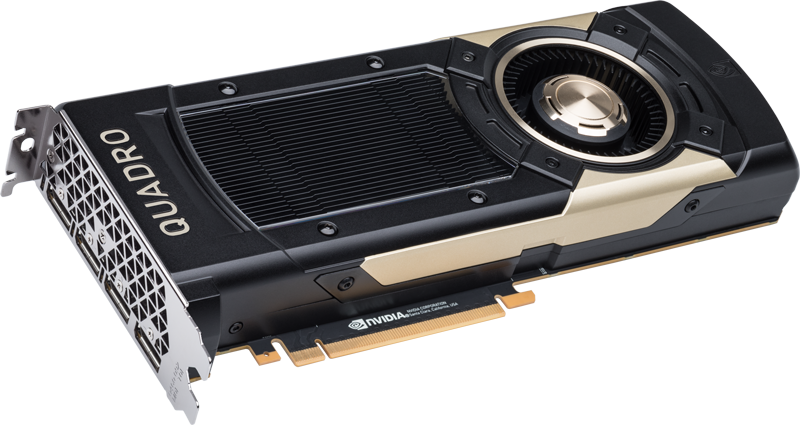

SGI's Nvidia-based VPro line included the VPro V3 (Geforce 256), VPro VR3 (Quadro), VPro V7 (Quadro2 MXR), and VPro VR7 (Quadro2 Pro). These designs were completely separate from the SGI Odyssey based VPro products initially sold on their IRIX workstations which used a completely different bus. In a settlement of a patent infringement lawsuit between SGI and Nvidia, SGI acquired rights to speed-binned Nvidia graphics chips which they shipped under the VPro product label. There are parallels between the market segmentation used to sell the Quadro line of products to workstation (DCC) markets and the Tesla line of products to engineering and HPC markets. These features were of little value to the gamers that Nvidia's products already sold to, but their lack prevented high-end customers from using the less expensive products.
GT200B FP64 PERFORMANCE DRIVER
The Quadro line also received improved support through a certified driver program. To differentiate their offerings, Nvidia used driver software and firmware to selectively enable features vital to segments of the workstation market, such as high-performance anti-aliased lines and two-sided lighting, in the Quadro product. In introducing Quadro, Nvidia was able to charge a premium for essentially the same graphics hardware in professional markets, and direct resources to properly serve the needs of those markets. The Quadro line of GPU cards emerged in an effort towards market segmentation by Nvidia. 9.2 Quadro FX (with CUDA and OpenCL, but no Vulkan).



 0 kommentar(er)
0 kommentar(er)
